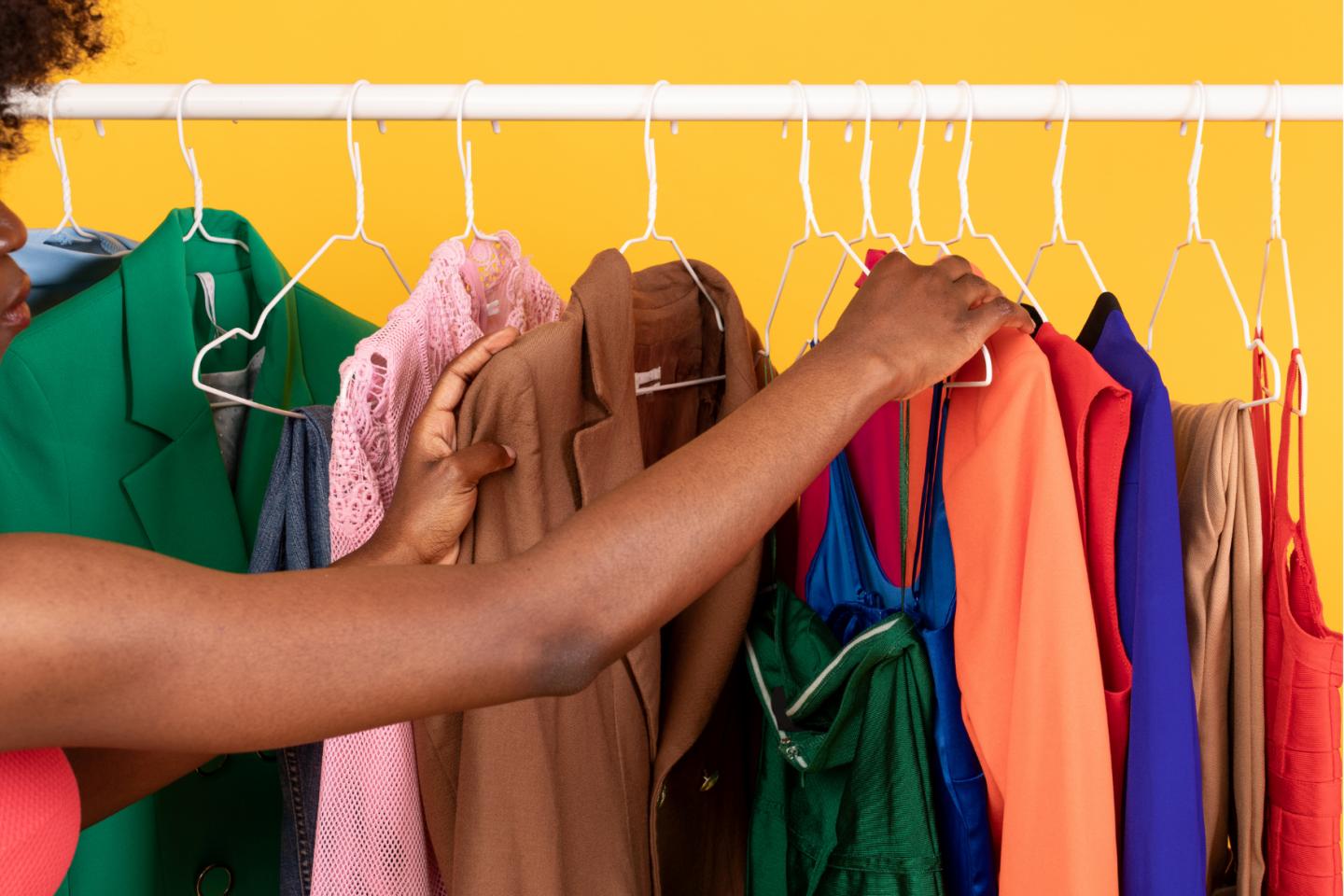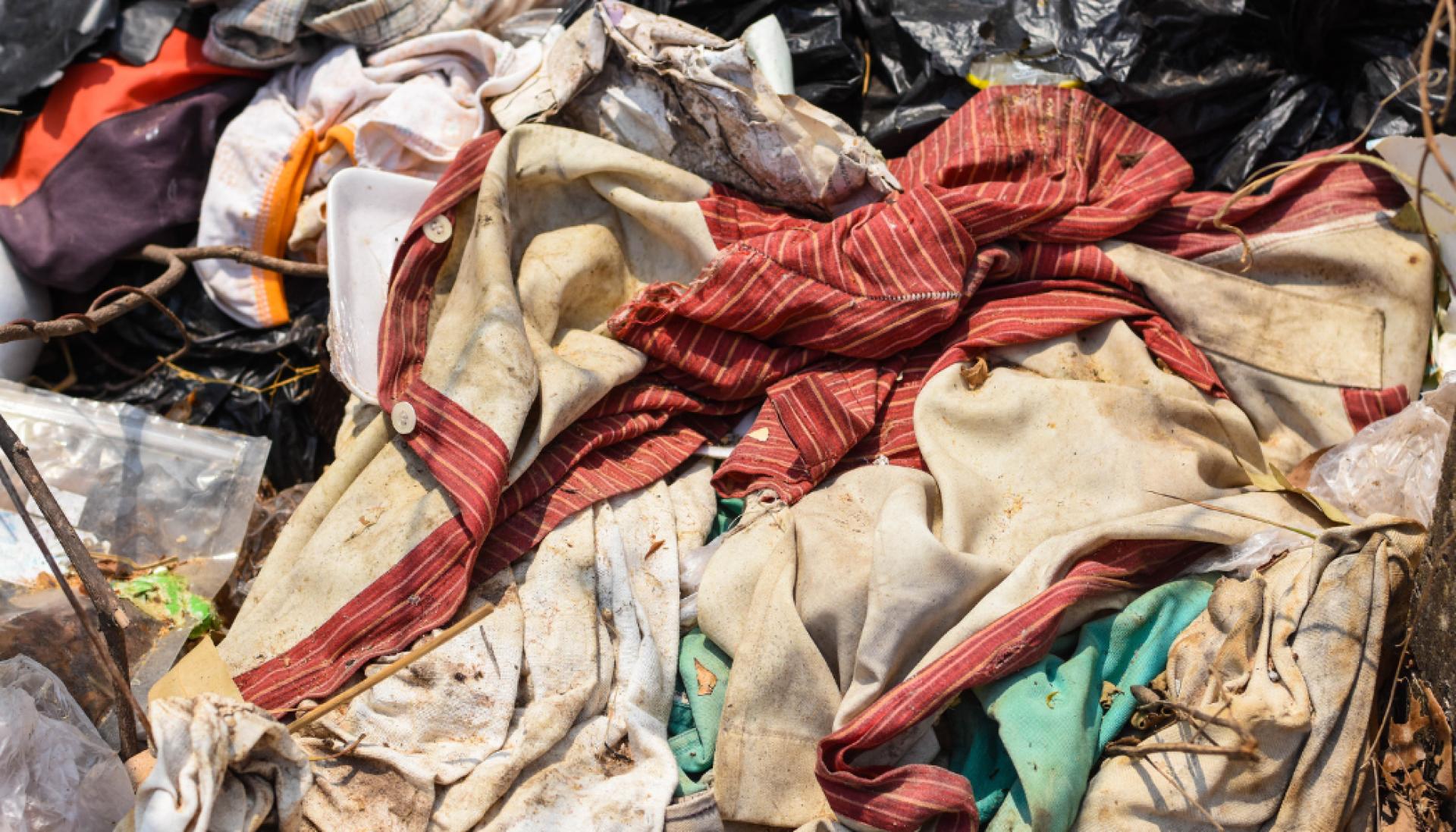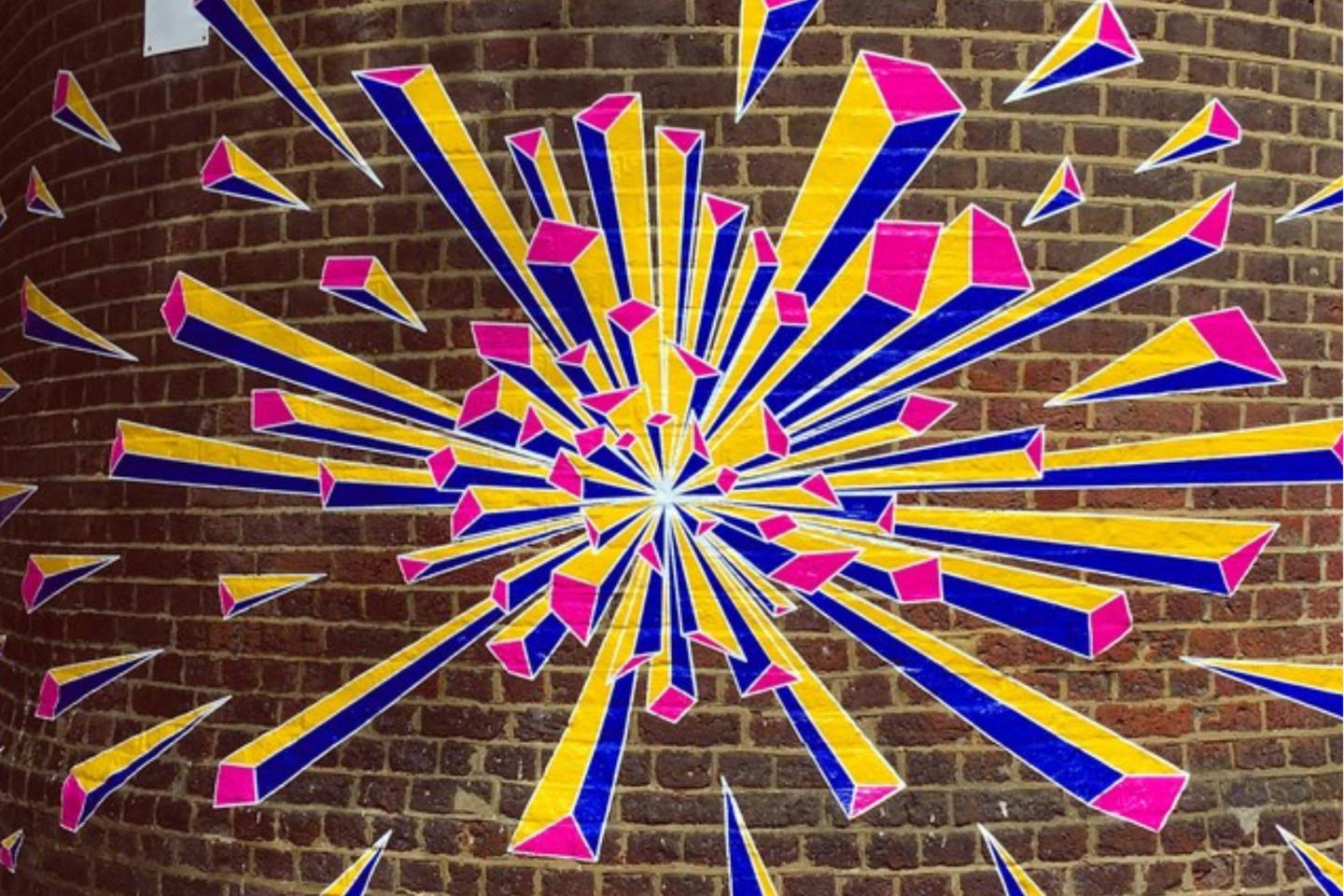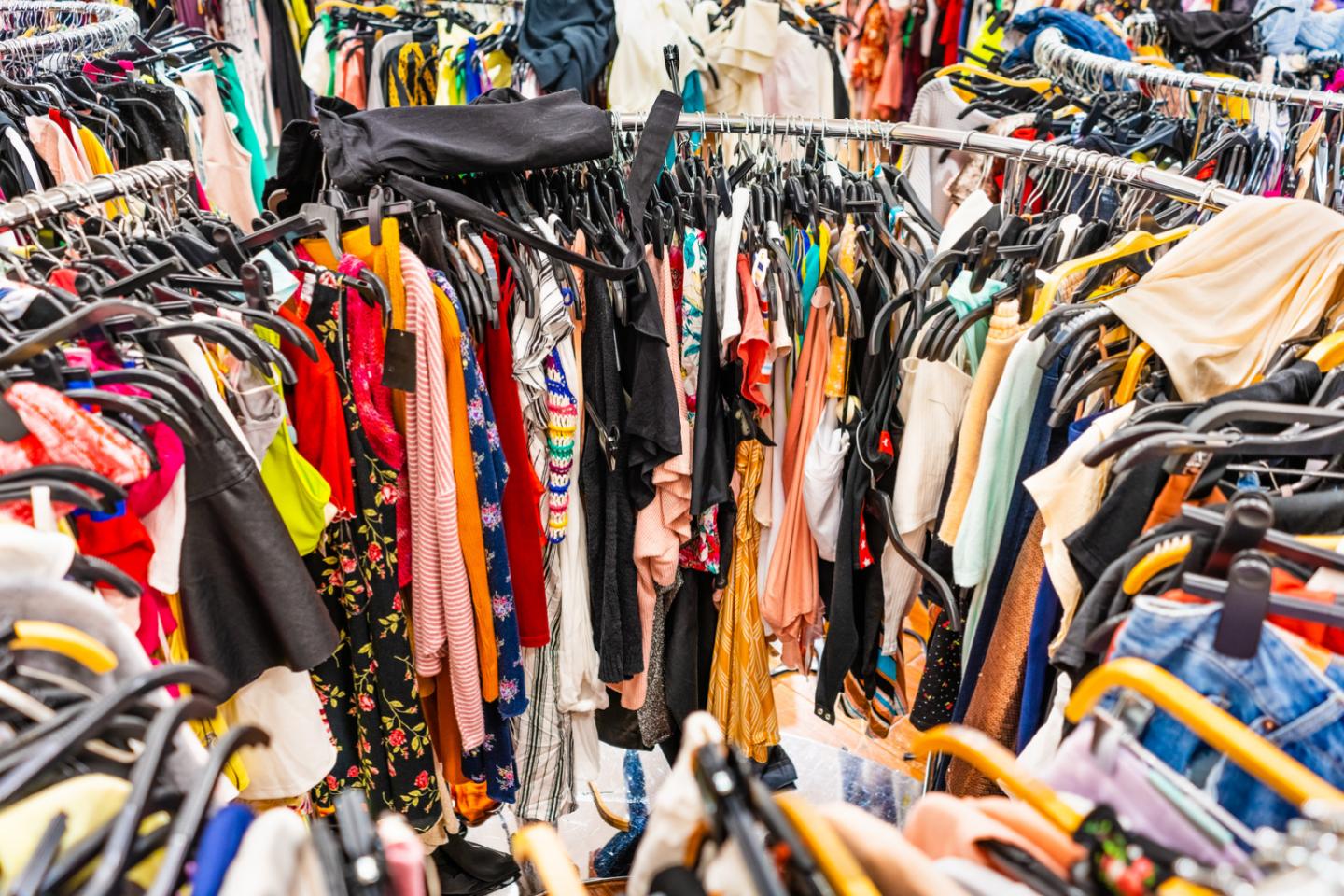
The Rapid Rise Of The Rental Fashion Market
As conversations around sustainability and eco-friendly business practices have gained momentum in recent years, many different industries have faced serious criticism - and the world of fast fashion is no exception.
Concerns around excessive waste, carbon emissions, and microplastics have all been targeted towards the fashion industry, and many of these issues are still ongoing.
But these questions and criticisms have also encouraged a new, more sustainable fashion market to emerge.
The concept of re-selling clothes in a circular economy is becoming increasingly popular now, with many apps and websites allowing users to sell and swap pre-loved items. This has clear benefits for the environment, as consumers can continue to trade and exchange clothes rather than purchasing brand-new garments.
However, this idea of sustainable fashion is also progressing even further - ‘rental fashion’ is now taking off in a big way and challenging many of the trends established by fast-fashion brands.
But what exactly is rental fashion? How does this market work for businesses and consumers, and how might this new sector help to combat the negative impact of fast fashion?
Let’s take a closer look at the rapid rise of the rental fashion market.

What is rental fashion?
Rental fashion is a relatively new form of retail e-commerce, where pre-owned items of clothing are rented out to consumers for a cost. Individuals can pay rental fees on a monthly, weekly, or even daily basis, and this flexibility is a key selling point.
This concept of rental fashion directly opposes many of the behaviours and issues associated with fast fashion.
While fast fashion revolves around the mass production of cheap clothing, rental fashion focuses on extending the longevity of clothing items. Rather than using pieces a handful of times (and then disposing of them) shoppers and brands can rent out their clothing for a price.
Not only does this benefit both the seller and renter (who both enjoy the flexibility of the rental agreement) but it’s also infinitely better for the environment. Less energy is required to create new pieces of clothing, and less waste is produced as items are thrown away.
It’s also becoming evident that there is a huge appetite for the rental fashion market.
Reports suggest that the value of the online clothing rental market has expanded to $1.9bn, and the industry is predicted to grow by 10% year-on-year until 2027.

Where is the demand for rental fashion coming from?
The fashion industry has been regularly placed under the microscope in recent years, and consumers have become increasingly aware of problems with overproduction, waste, and environmental damage.
The rental fashion market has effectively grown from these consumer concerns, meeting global demand for more sustainable forms of clothing.
In fact, rental fashion has even infiltrated the luxury and designer markets - and this makes sense in many ways. Consumers are still keen to wear designer pieces and keep up with fast-moving fashion trends, and rentals allow them to do this without paying the full price.
By Rotation, HURR and Rotaro are three key market leaders in the rental fashion space who have progressed from the start-up phase. Established brands (such as Louis Vuitton) have also embraced the rental sector, opening up rental stores to capitalise on the demand for rented designer clothing.
Demand for rental fashion also surged during (and after) the pandemic.
Many consumers became more aware of their spending habits throughout the pandemic, while inflation and economic turbulence are forcing shoppers to be savvier with their finances. This is opening up a golden opportunity for the rental fashion market, which offers affordability and accessibility that are highly appealing in the current climate.

Why is rental fashion important?
Rental fashion offers numerous benefits to consumers, sellers, and the environment.
Buyers can enjoy the flexibility of clothing rental agreements, temporarily sporting their favourite pieces without needing to commit to a full purchase.
Sellers can maximise the value of their existing clothing, and generate sustainable revenue from repeat business and ongoing rentals.
And lastly (and arguably most importantly), the environment can also benefit massively from the adoption of rental fashion. A study conducted by the rental brand Rent The Runway found that its rental model had “displaced the production of 1.3million new garments since 2010 – leading to savings of 67million gallons of water, 98.6million kWh of energy and 44.2million pounds of CO2 emissions over the past decade.”
These are staggering numbers that speak to the huge potential of the rental fashion market. While rental fashion may not work for every single business or consumer, it can certainly help to balance some of the environmental impacts of fast fashion.
The rental fashion trend is a major step in the right direction for the fashion industry, and rising consumer demand proves that there’s a significant appetite for more sustainable and eco-friendly clothing.
As a B-Corp-certified business, we’re incredibly excited about the growth of the rental fashion sector and the wider market pivot towards sustainability. Harmonic specialises in sourcing elite finance and accounting talent, and we’d love to offer recruitment support for any rental fashion brands that are looking to scale up.






